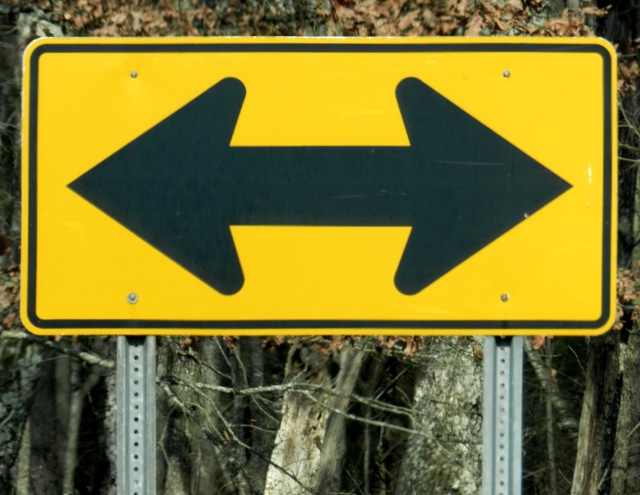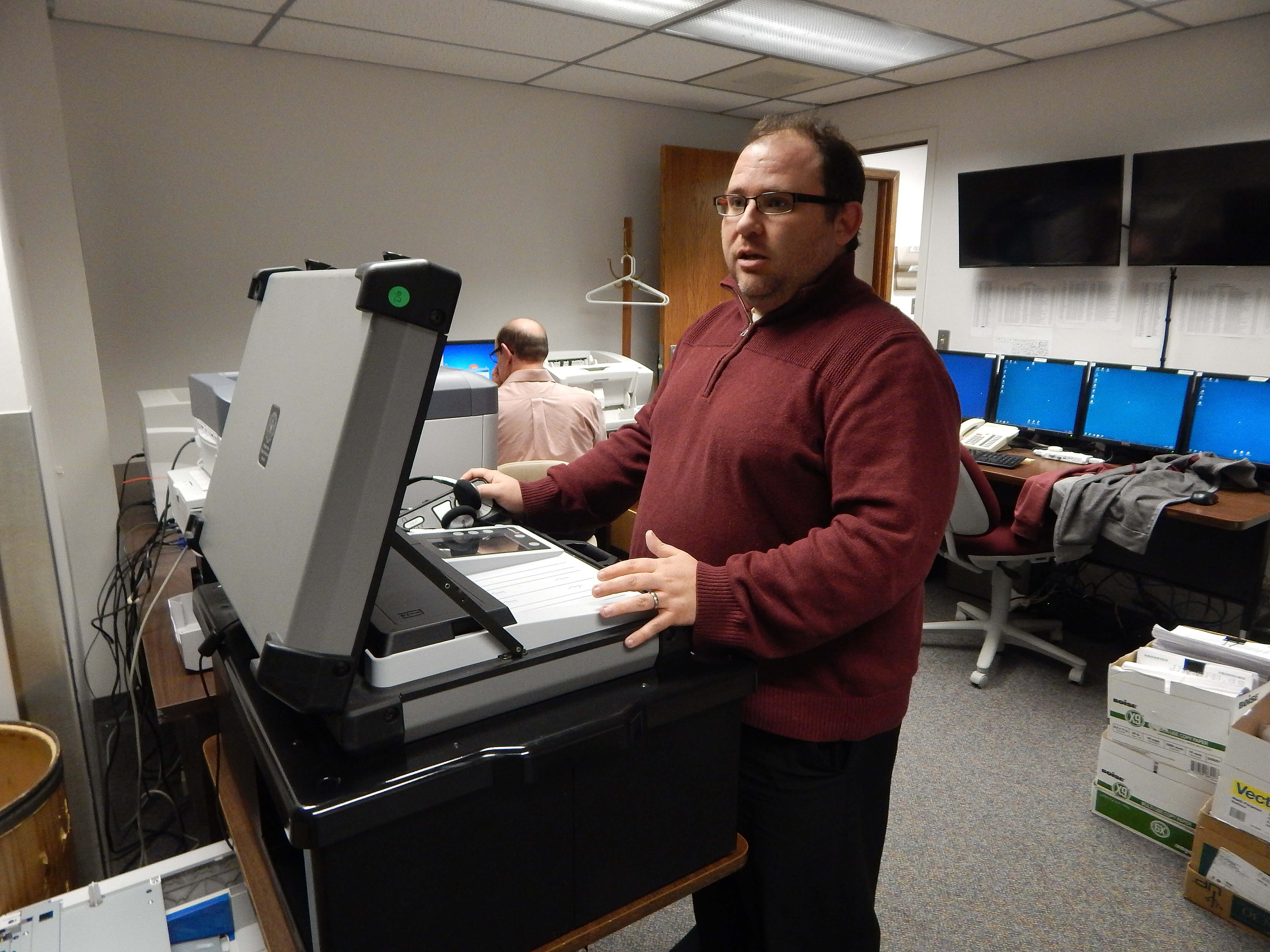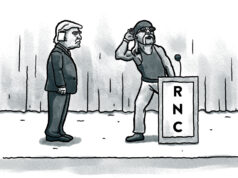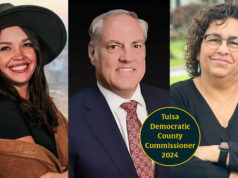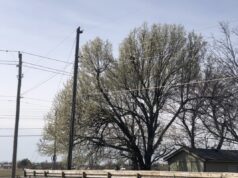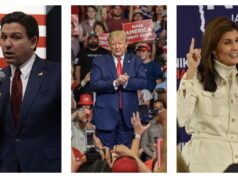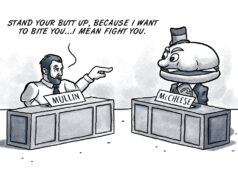The discontent surrounding America’s two-party political system has never been more apparent till the 2016 election cycle.
Democrat and Republican voters alike broke away from their historical political affiliations in substantial numbers to support a non-establishment candidate like Donald Trump and a social reformist like Bernie Sanders. Polls indicate widespread popularity among the masses and a sense of connectedness missing from other political contenders.
It’s a political shift.
Broken trust
The practice of partisanship and ineffective policies has been brewing a culture of distrust and divisiveness among communities. The sense of trust has been broken, it seems. Communities all over the country feel largely excluded from participating in social and political issues that affect them. The sense of distrust does not resonate well with voters, especially millennials who are more apt to leave party politics and align with other like-minded voters on main issues.
The idea of forming coalitions and bringing change is more attractive than draconian policies. For the first time, millennials make up 31 percent of the voting block, yet whether they will choose to take advantage of ongoing political changes remains to be seen. A lack of political progress over the years and inter-party conflict has shifted the balance of power and is evident in the current election cycle.
The growing influence of special interests and lobbyists within the major political parties is driving people to formulate their individual platforms that focus on real-life issues within their communities. There is a clear disconnect between political parties and communities, which further causes a divide in the number of people who vote along party lines.
Voter disconnect
Additionally, more voters feel a significant disconnect with the lack of change within both political parties and the “Washington establishment candidates,” who apparently can’t articulate plans to advance affordable housing, restructure the public education system or create full-time jobs in communities.
Voter disconnect was evident in eight states including Colorado, Florida, Iowa, Michigan, North Carolina, Ohio, Virginia and Wisconsin, where unfavorable views were clear for both parties. In places like Oklahoma, only 40 percent of registered voters chose to vote in 2014 compared to 60 percent for the presidential election in 2012.
Choosing ideas and issues over party lines
At the end of the day, some younger voters are working hard to be more informed and civically engaged than their parents and grandparents, and a two-party political scenario seems tired and clichéd. People align with ideas and issues rather than party affiliations. This is most apparent with the current divisions over candidate selection and the emergence of unlikely candidates as nominees in both political parties. In times like this, people tend to gravitate toward outliers. Trump, with his promise of restoring America, and Sanders, with his progressive revolution to curb bureaucracy, are far more attractive to many than establishment politicians.
The emergence of this political shift has developed slowly since 2006 after the disastrous result of wasteful wars and both parties’ failure to foster political unity.
Over the subsequent years, the shift has grown further to become more apparent than in previous elections. Both parties will require sustained efforts to restore trust, connect people back to their respective parties and, eventually, get them to the polls.
Until then, the future of the two-party system remains tenuous at best.
RELATED
Libertarian chairman: ‘Clown show’ will drive turnout by Paul Fairchild








